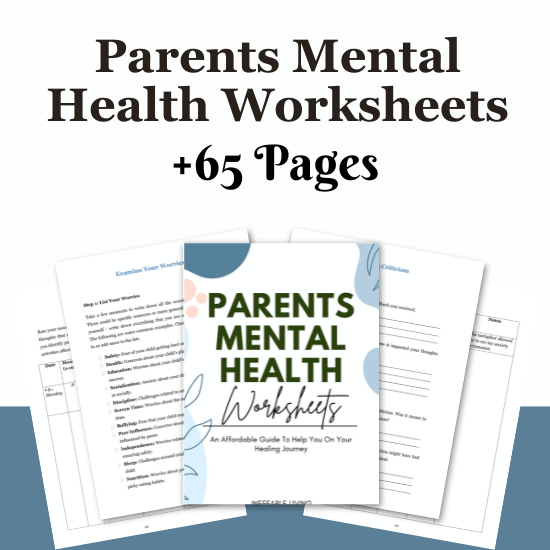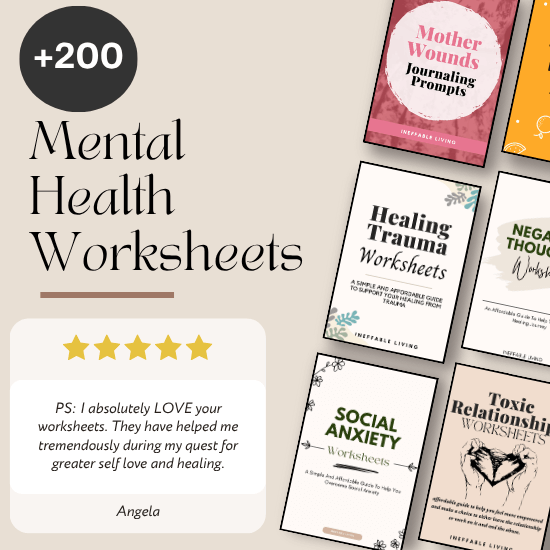Back-to-school season can be a challenging time for both parents and children.
Managing schedules, routines, and expectations adds stress, but with a bit of planning and preparation, you can make the transition smoother and more enjoyable for everyone.
Here are some tips to help reduce back-to-school stress and set your family up for success.
Parenting Stress: How to Prepare for a Smooth Back-to-School Transition?
1. Establish a Routine Before School Starts
Creating a consistent routine in advance helps children adjust to the schedule and expectations of school life. A routine provides structure, making the transition less overwhelming for both you and your child.
How to Practice: Gradually adjust bedtime and wake-up times a week or two before school starts. Incorporate morning and evening routines that mirror a school day, such as getting dressed, having breakfast, and preparing a backpack. Establishing this routine early helps children ease into the school year.
2. Prepare a Dedicated Study and Homework Space
A quiet, organized space for schoolwork helps children focus and makes it easier to establish positive homework habits. Preparing this area in advance saves you time and stress during the school year.
How to Practice: Set up a homework station with school supplies, good lighting, and minimal distractions. Involve your child in organizing the space so they feel a sense of ownership and motivation. A designated area for study time creates a productive environment and reduces last-minute scrambling for materials.
Related: How to Cope with Depleted Mother Syndrome?
3. Get School Supplies and Clothing Organized Early
Having school supplies and clothing ready in advance reduces stress during the first few weeks. This preparation also helps children feel excited and prepared for the new school year.
How to Practice: Create a checklist of school supplies, clothing, and other essentials like lunch containers and backpacks. Take a fun shopping trip with your child if possible, and encourage them to label and organize their items. Organizing these items gives you a head start and ensures your child has everything they need.
4. Set Up a Family Calendar to Track Schedules
Back-to-school season brings a flurry of activities, from sports and clubs to school events and parent meetings. A family calendar keeps everyone informed, reducing misunderstandings and scheduling conflicts.
How to Practice: Use a shared digital calendar or a large wall calendar to track important dates, such as school start times, extracurricular activities, and family events. Update it weekly and review it as a family to ensure everyone is on the same page. A clear schedule helps streamline routines and prevents unexpected surprises.
5. Establish a Meal Prep Routine for Lunches and Snacks
Preparing meals in advance reduces the stress of last-minute lunch prep and ensures your child has balanced meals. Planning also allows you to involve your child in meal choices, making them more likely to enjoy their food.
How to Practice: Set aside time on weekends to plan and prep lunches and snacks for the week. Involve your child in choosing ingredients or creating a menu. Consider prepping easy-to-grab items like cut-up veggies, fruits, and sandwiches. Pre-prepared meals simplify mornings and reduce stress around meal decisions.
Related: I Hate Being A Mom! Is It Normal?
6. Focus on a Gradual Transition Rather Than a Perfect Start
Back-to-school transitions don’t have to be perfect right away. Focusing on progress over perfection helps you and your child adjust with less pressure and more flexibility.
How to Practice: Acknowledge that the first few weeks might be bumpy and reassure your child that it’s okay to adjust gradually. Encourage them to take things one day at a time. Setting realistic expectations reduces pressure, creating a more positive and resilient mindset for the entire family.
7. Encourage Open Conversations About Feelings and Expectations
Starting school again can bring up a mix of excitement, anxiety, and curiosity for children. Encouraging them to talk openly about their feelings helps them feel heard and supported.
How to Practice: Set aside time to talk to your child about what they’re looking forward to, any worries they have, and how they’re feeling about the upcoming school year. Listening to their perspective and offering reassurance shows that their feelings are valid and important.
8. Build a Morning Routine That Minimizes Stress
Mornings can be hectic, but establishing a consistent routine reduces stress and helps children start the day on a positive note. A calm morning routine creates a smoother transition into school.
Related: Top 10 Self Care Activities For Teens
How to Practice: Prepare clothes, lunches, and backpacks the night before to minimize morning tasks. Include time for a healthy breakfast, and allow a few minutes for your child to ease into the day. A predictable morning routine helps everyone leave the house feeling prepared and calm.
9. Stay Organized with a Weekly Family Check-In
Weekly family check-ins help you address any concerns, discuss upcoming events, and make adjustments to routines as needed. Regular communication keeps everyone aligned and reduces misunderstandings.
How to Practice: Set aside a time each week, like Sunday evening, to review the family schedule, address any issues, and discuss goals for the week. This gives everyone a chance to express their needs and makes the week ahead feel more manageable.
10. Prepare for Homework by Setting Realistic Expectations
Homework can be a source of stress for both parents and children. Preparing for it with realistic expectations and setting boundaries around homework time helps manage stress.
How to Practice: Set a regular homework time that works for your child, ideally after a break following school. Avoid overwhelming them by setting time limits, such as a 30-minute work block followed by a break. This approach encourages productive study habits without added pressure.
11. Prioritize Self-Care for Parents
Back-to-school season can be stressful for parents too. Taking time for self-care ensures that you’re better equipped to support your child and manage household responsibilities.
How to Practice: Set aside a few minutes each day for something that brings you joy or helps you relax, like reading, exercising, or simply taking a walk. Practicing self-care is essential for maintaining your own mental well-being and prevents burnout.
Related: Best 7 Reactive Attachment Disorder Books
12. Stay Flexible and Be Patient with the Process
Transitions take time, and adjusting to a new school year can be challenging for everyone. Staying flexible and showing patience allows you to handle setbacks more calmly, making the experience easier for both you and your child.
How to Practice: Embrace a flexible mindset, knowing that there may be days when routines are disrupted or things don’t go as planned. Remind yourself that each day is an opportunity to try again, and that with time, the new routine will become second nature.

Conclusion
By preparing ahead and focusing on these strategies, you can make the back-to-school transition smoother for your child—and yourself.
Embracing flexibility, creating routines, and practicing open communication help create a supportive environment, setting a positive tone for the new school year.



